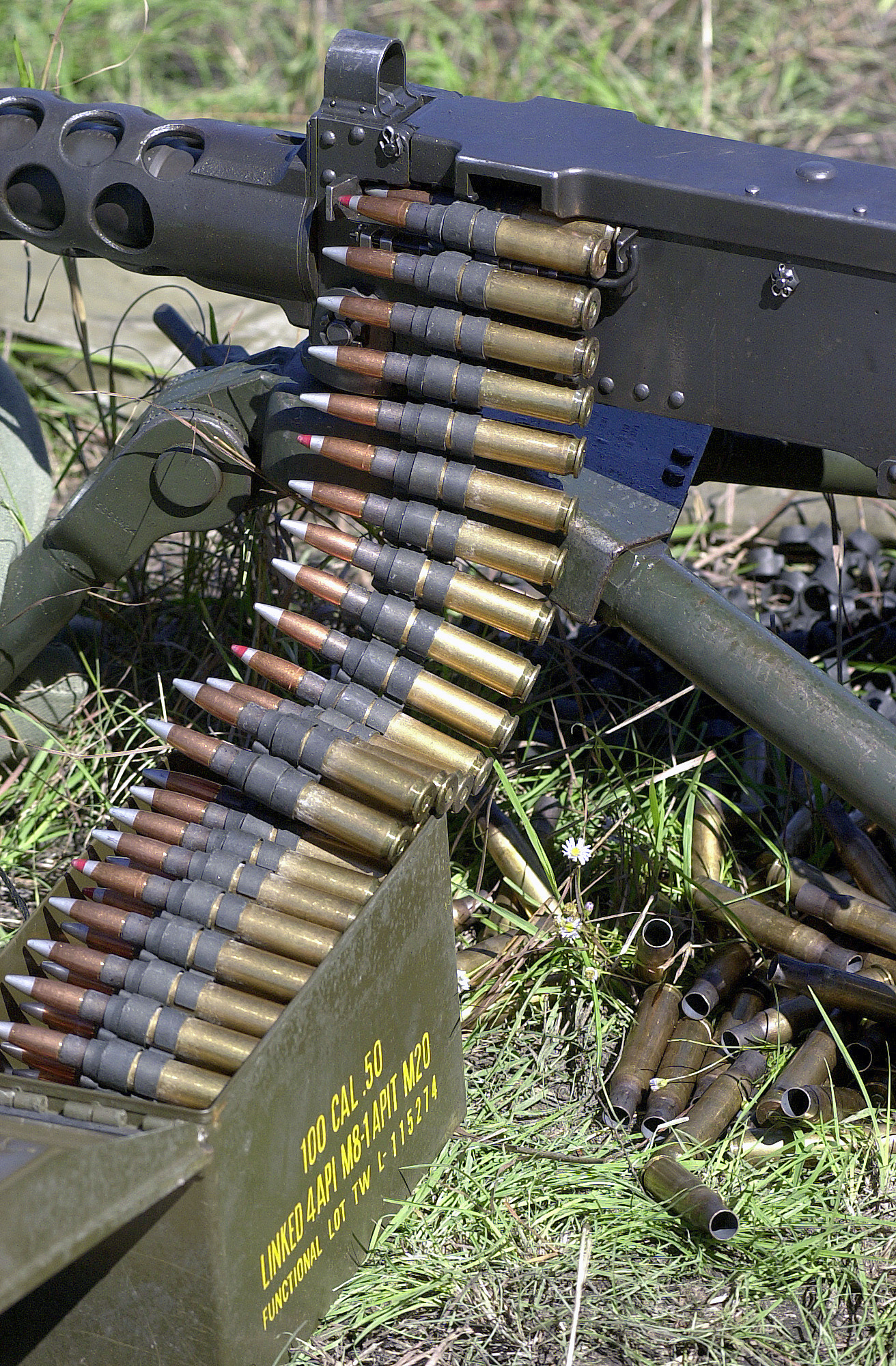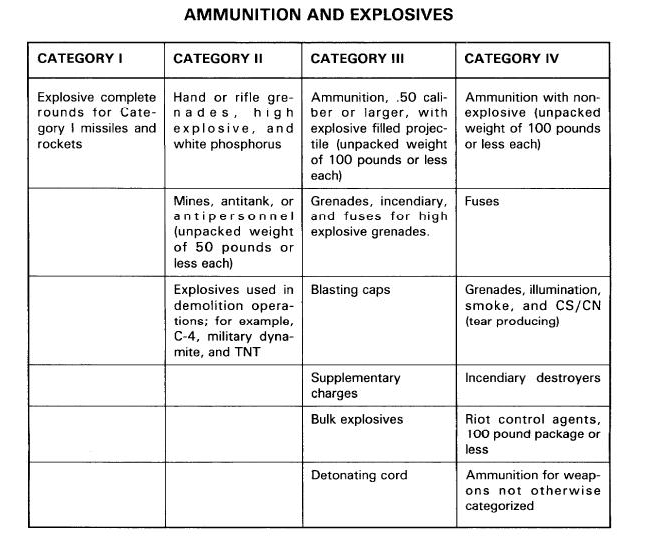
A belt of 0.50 caliber ammunition loaded to an M2 Browning. Every fifth round with a red tip is an M20 (armour piercing incendiary tracer).

| Rifle Ammunition |
| Handgun Ammunition |
| Rimfire Ammunition |
| Shotgun Ammunition |
| Bulk Ammunition |
| Ammunition Boxes |
| Here are further guidelines. |
| Here are further guidelines. |
| Here are further guidelines. |
| Here are further guidelines. |
| Here are further guidelines. |
| Here are further guidelines. |

A belt of 0.50 caliber ammunition loaded to an M2 Browning. Every fifth round with a red tip is an M20 (armour piercing incendiary tracer). |
|
To start off, there are two basic measuring systems in place for bullet sizes. Caliber and millimeter.
Caliber is very simply explained. It is a percentage of an inch. So if you have a “22 caliber” bullet, it is .22 inches. If you have a 30-06, it is .30 inches in diameter. If you took the measurement of the bullet at its widest point across the center of the bullet where it would cut it in perfect halves, you would measure the caliber. Just like the caliber, the mm is a unit of measuring very small distance. So the 7.62 is 7.62 mm in diameter. Actually, the 7.62 mm is the same bullet size as the .30 caliber. This is more of a cartridge size, but you may see something like 7.62 x 51mm, which you will find stamped on the rim of the case, and this means the bullet is 7.62mm and the case is 51mm long. What else is the same size? Here is a quick MM to inch equivelancy chart. 2 mm (.079 in) 3 mm (.118 in) 4 mm (.157 in) 5 mm (.197 in) 6 mm (.236 in) 7 mm (.276 in) 8 mm (.315 in) 9 mm (.354 in) 10 mm (.394 in) 11 mm (.433 in) 12 mm (.472 in) 13 mm (.5118 in) 
|

|
|
Military Police Physical Security of Arms, Ammunition, and Explosives |